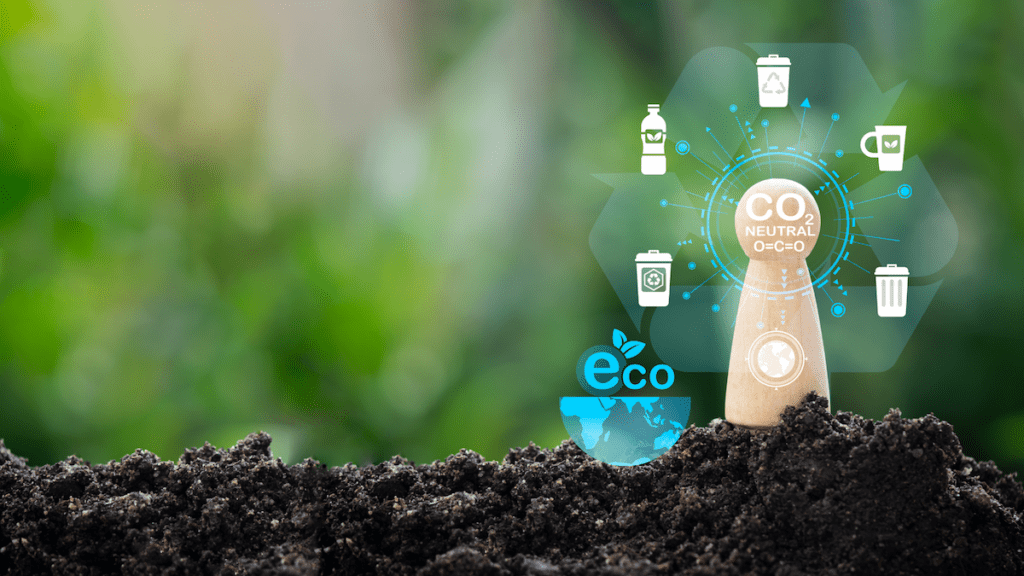In today’s world, where sustainability and environmental consciousness are at the forefront, Life Cycle Assessment (LCA) has emerged as a valuable tool. LCA allows us to evaluate the environmental impact of a product or service throughout its entire life cycle, from raw material extraction to disposal.
LCA was first developed in the 1960s as a methodology to assess the environmental impacts of industrial processes. It gained widespread recognition in the 1990s as an essential tool for sustainable product design and decision-making.
By understanding the life cycle of a product, we can make informed decisions and design sustainable solutions. Below, we will delve into the intricacies of Life Cycle Assessment, exploring its significance, methodology, and applications.
What is Life Cycle Assessment?
Life Cycle Assessment is a systematic approach that quantifies the environmental impacts associated with the entire life cycle of a product or service. It takes into account the extraction and processing of raw materials, manufacturing, transportation, product use, and end-of-life disposal.
By considering all stages of a product’s life cycle, LCA provides a comprehensive view of its environmental footprint, allowing for a more accurate assessment of its sustainability.
Methodology of Life Cycle Assessment

- Goal Definition and Scope: The first step in conducting an LCA is to clearly define the goal and scope of the assessment. This includes identifying the purpose of the study, the functional unit (the amount of product or service being assessed), system boundaries, and the specific life cycle stages to be included.
- Life Cycle Inventory (LCI): LCI involves compiling data on energy and material inputs, emissions, and waste generation at each stage of the product’s life cycle. This step requires gathering information on raw material extraction, manufacturing processes, packaging, transportation, and energy consumption during use and disposal.
- Life Cycle Impact Assessment (LCIA): LCIA assesses the potential environmental impacts of the product or service by analyzing the data collected during the LCI phase. This step involves evaluating factors such as greenhouse gas emissions, resource depletion, water and air pollution, and ecosystem impacts. LCIA provides a quantitative basis for comparing different environmental indicators.
- Interpretation: The interpretation phase involves analyzing and summarizing the results of the LCA study. It includes identifying hotspots (stages with the highest environmental impact), conducting sensitivity analysis, and drawing conclusions based on the findings. The results can help inform decision-making, product design, and policy development.
Applications of Life Cycle Assessment
Product Design and Development
LCA enables designers to assess the environmental implications of different design choices. By identifying areas with high environmental impact, designers can make informed decisions to optimize products for sustainability.
LCA can assist in material selection, energy efficiency improvements, and waste reduction strategies, leading to greener and more resource-efficient products.
Supply Chain Management
LCA provides a holistic perspective on the environmental performance of supply chains. By conducting LCAs for various suppliers and processes, companies can identify environmentally preferable options and collaborate with suppliers to improve their sustainability performance.
This approach fosters sustainable procurement practices and enhances the overall sustainability of the supply chain.
Policy and Regulations
Life Cycle Assessment plays a vital role in shaping environmental policies and regulations. Governments can use LCA data to develop standards, labels, and certifications that promote sustainable practices.
LCA can inform eco-labeling programs, carbon footprinting initiatives, and eco-design regulations, fostering a transition towards a more sustainable economy.
Consumer Awareness and Decision-Making
LCA empowers consumers to make environmentally conscious choices. By providing transparent information on the environmental impact of products, consumers can make informed decisions and support sustainable alternatives.
LCA-based labels and certifications allow consumers to easily identify products with lower environmental footprints, driving demand for sustainable options.
Challenges and Future Perspectives
While Life Cycle Assessment offers valuable insights into environmental impact, it faces some challenges. Gathering comprehensive and accurate data throughout the life cycle can be time-consuming and resource-intensive.
Furthermore, the complexity of some product systems, such as electronic devices or automobiles, poses difficulties in modeling and assessing their entire life cycle.
To overcome these challenges, advancements in data collection methodologies, the standardization of LCA methodologies, and the development of databases and tools are essential.
Integrating emerging technologies like blockchain and artificial intelligence can also enhance the efficiency and accuracy of LCA studies.
Life Cycle Assessment is a powerful tool that helps us understand the environmental impact of products and services throughout their life cycles. By quantifying the environmental footprint, LCA enables us to make informed decisions, design sustainable solutions, and drive positive change.
As we move towards a more sustainable future, the application of LCA will continue to play a crucial role in shaping policies, driving innovation, and fostering consumer awareness, ultimately leading to a more sustainable and resilient society.








